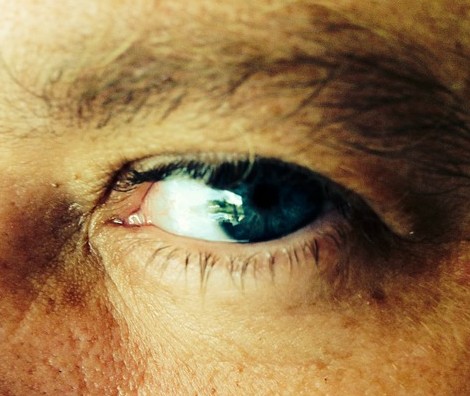Newswise, November 2006 - Fifty-four million Americans, that's one in six of us, have pre-diabetes and most don't even realize it. Mark Schutta, MD, medical director of the Penn Rodebaugh Diabetes Center, is urging at-risk patients to be proactive and ask your doctor to give you a simple blood test for pre-diabetes, to arm yourself with information before the damage is done. It means you have blood glucose levels that are higher than normal and you could one day reach a high enough level that you would be diagnosed with having diabetes.
Diabetes is a disease that affects the body's ability to produce or respond properly to insulin and must be managed on a daily basis once diagnosed. If not, it can lead to several health complications including death. November is designated annually as American Diabetes Month.
"If you have pre-diabetes, there's a 75% probability that you will develop diabetes within 30 years," comments Schutta. "Our country is in the middle of a type 2 diabetes epidemic. Right now, if you're born in the U.S., your risk of developing diabetes is one in three."
Schutta says the reason for the high numbers is that diabetes is a "silent killer" and in the early stages of the disease, patients often have no symptoms. Schutta urges anyone at risk for diabetes to be screened. He adds, "If you knew you had pre-diabetes, you could still prevent getting diabetes through changes in diet and exercise. There are many health benefits to knowing you have pre-diabetes and "heading it off." If you wait until you have diabetes, the vascular damage to your body may already be done."
You should be screened for pre-diabetes if:
Continue Reading Below ↓↓↓
- You have a known family history of diabetes.
- You are African American, Latino, Native American, Asian American or Pacific Islander.
- While pregnant, you developed gestational diabetes.
- You delivered a baby who weighed more than nine pounds.
- You have high blood pressure, high blood cholesterol, are overweight.
Schutta explains there are two kinds of blood tests you can request, "The first is a fasting plasma glucose test, in which your glucose levels measured when you have not been eating. The other is an oral glucose tolerance test which introduces glucose into your system, challenging your beta cells to make insulin by testing your body's acute insulin response to glucose."
Schutta says the numbers are clear. If your blood glucose level, two hours after receiving oral glucose, is over 200 milligrams per deciliter, you are considered to be diabetic. Anything between 141-199 is considered to be pre-diabetic. Again, Schutta stresses that if you have pre-diabetes, it doesn't necessarily mean you're going to develop diabetes, if you take the proper steps now to avoid getting the fifth deadliest disease in America.
For more information on the Penn Rodebaugh Diabetes Center, click here.
Source: University of Pennsylvania School of Medicine










